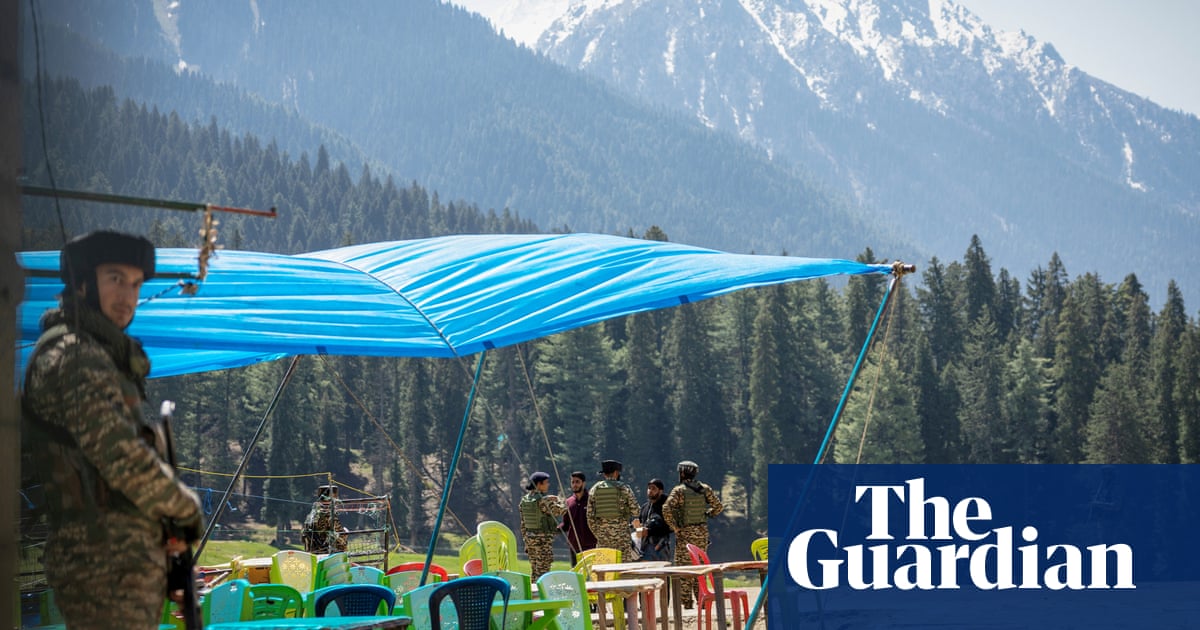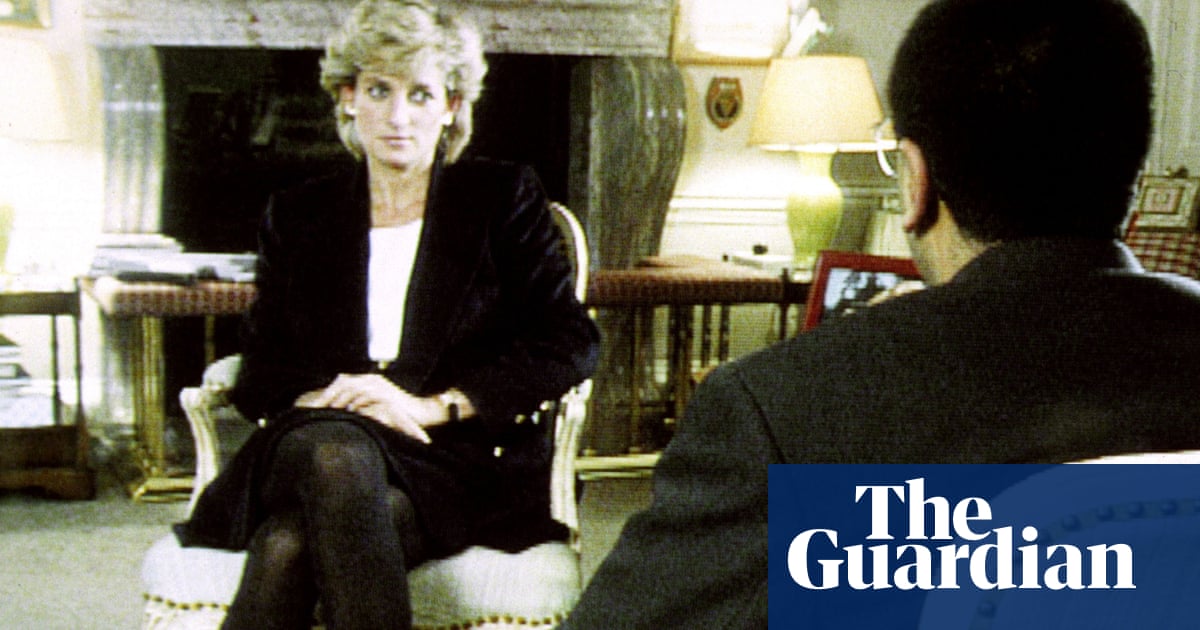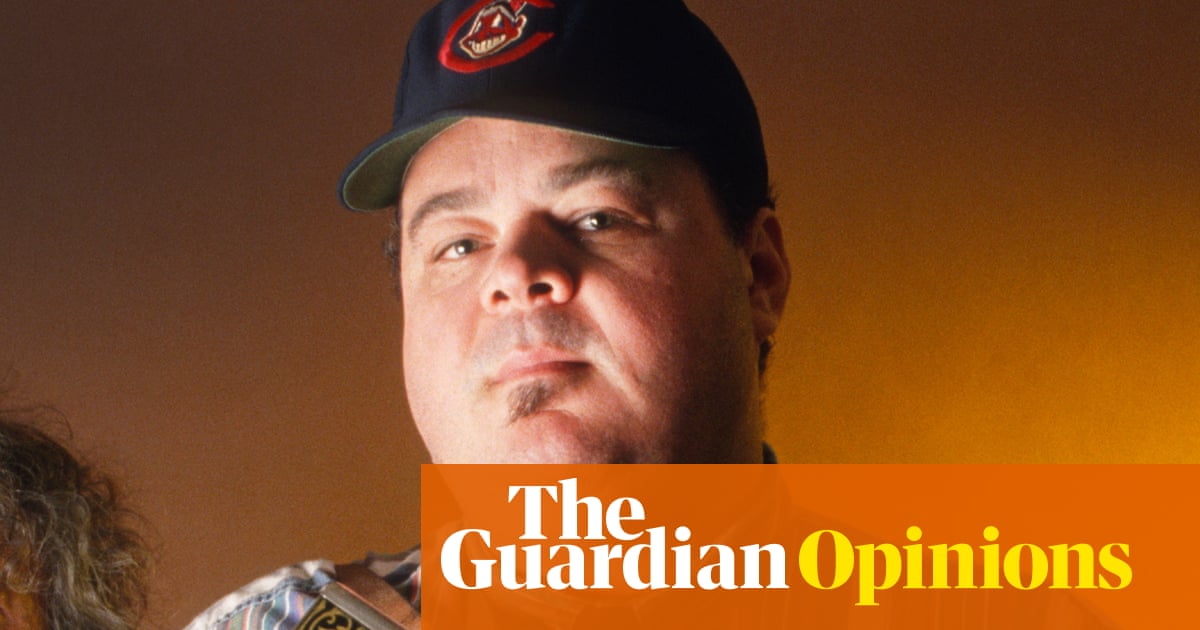For almost 20 years, Aaron Castro was certain about what had to happen. John Ramirez had to die.
Ramirez’s execution was the only way to ensure he got the justice he deserved. And it was the only way that Castro, the son of Ramirez’s victim, could staunch his bleeding heart, soothe the constant anger boiling inside him, and achieve what had been eluding him for two decades: closure.
Castro’s desire to see this man die was seeded on the night of 14 July 2004, when he awoke to a cacophony of police sirens and blazing emergency lights outside his house. Sneaking outside, he saw a man’s body sprawled out in a gathering pool of blood by the convenience store his family ran in Corpus Christi, Texas.
He could tell the dead man was his father, Pablo Castro, 45, only because he recognized his hat lying a few feet away in the dirt.
Ramirez, who was 19 at the time and high on drugs and alcohol, had attempted to rob the store. When Pablo Castro resisted, he had lashed out in a frenzy of violence. He stabbed his victim 29 times.
The teenage murderer then ran off with all of $1.25 as his spoils. He fled to Mexico, where he remained on the run for four years, until he was arrested, escorted back to Texas, put on trial and sent to death row.
Aaron Castro was 14 when his father was killed. For years, the dominant note in his life was anger.

“The majority of the time, I was angry,” he told the Guardian. “My father was a man who minded his own business, worked hard, enjoyed family and being around his children. He was just trying to survive. Ramirez took him away from us, and for that he needed to be executed.”
Castro often imagined how he would respond to news that Ramirez had been put to death: “Boom. Justice. Closure. The dark cloud would clear.”
That’s how it would be, he was absolutely sure of it.
It didn’t quite pan out like that.
Captured on camera in a stunning new documentary, I Am Ready, Warden, is a different emotional outcome. In 36 riveting minutes, the film takes the viewer on a white-knuckle ride that, despite the movie’s compact length, reaches into the quick of the death penalty’s most painful contradictions.
Nominated in the best short documentary category at next month’s Oscars, I Am Ready, Warden follows the agonizing final days and hours of Ramirez as he faces execution in Texas’s Huntsville Unit.
By choosing to explore a case in which guilt was never in doubt, the film-maker Smriti Mundhra set out to make a movie about US capital punishment with a difference. While many documentaries focus on the question of innocence, she wanted to weigh other searing ethical issues, such as the possibility of forgiveness, or the prospect of redemption.
“I wanted to examine the death penalty from the perspective of someone who actually had committed a crime,” she said. “In the intervening years, in their time on death row, how does a person change? Are they the same person as the one who committed the crime?”
Mundhra was drawn to the reporting of Keri Blakinger, an investigative journalist at the Los Angeles Times who at the time was writing powerfully about the death penalty for the Marshall Project. Blakinger was tracking the legal challenge brought by Ramirez, who since being condemned to death had found religion and was pressing the US supreme court to allow him to have his pastor lay a hand on him during his execution.
Over several months, Mundhra and Blakinger followed the state of Texas as it dragged Ramirez slowly – but with callous cruelty – towards the death chamber. They tracked the inmate as he expressed deep and seemingly genuine remorse as he read out a letter he had written as part of his faith studies to his victim, Pablo Castro:
“I never meant to kill you, but because it happened, it’s made me a better person. It’s made some vast changes in who I am, you know. And it’s a crappy way to say it, but it’s the truth.”
The movie conveys Ramirez’s profound transformation, from the reckless and drug-addled teenager who committed a heinous act to a deeply contrite adult who laments the decisions he made as his younger self.
Perhaps unsurprisingly, the state of Texas shows no such capacity for recalibration; it rigidly adheres to its original classification of Ramirez as a ruthless killer who has to be executed.
Mundhra and crew are present, camera rolling, during the devastating moment when Ramirez says goodbye to the son he fathered when he was on the run, a few hours before his life is snuffed out.
That would seem a hard sequence for any film to cap, but it is one of the surprises of the documentary that its biggest punch lies elsewhere – with Aaron Castro, the victim’s son, and his two-decade-long search for “closure”.
The idea that killing a killer can bring closure to families is a cornerstone of capital punishment in the US. It is foundational as a justification for a system said to be reserved only for the “worst of the worst”.
You hear “closure” invoked wherever major death penalty cases are discussed. Bill Barr, Donald Trump’s first-term attorney general, cited it on behalf of victims’ families when he set in train the orgy of federal executions that led to the deaths of 13 people – the most intense burst of judicial killings under any president in 120 years.
Last week Trump’s new attorney general, Pam Bondi, again referenced the concept when she issued a memo promising to revive the federal death penalty. She laid out a four-page paean to state killings, saying they achieved justice for victims “and closure for their loved ones”.
When the Boston Marathon bomber, Dzhokhar Tsarnaev, was sentenced to death in 2015, the mayor of Boston said he hoped it would provide “a small amount of closure”. Twenty years earlier, the then US attorney general, John Ashcroft, had welcomed the execution of Timothy McVeigh for the 1995 Oklahoma City bombing, saying he hoped it would help survivors of the catastrophe “meet their need to close this chapter in their lives”.
Such words are easily spoken. What is more difficult to assess is whether they bear any truth.
There is no simple answer, as the subject has been scarcely researched. One of the only studies into it related to the Oklahoma City bombing.
Jody Madeira, a professor at Indiana University Bloomington’s Maurer law school, followed 33 families out of the 168 victims of the bombing of a federal building. Her research produced the book Killing McVeigh: The Death Penalty and the Myth of Closure.
Madeira engaged with the families right up to, and including, the moment when McVeigh was strapped to a gurney, his head held tight with straps, staring straight into a camera. The image of the mass murderer, looking out impassively as he was administered lethal drugs, was beamed on to a screen for the victims’ families to witness.
The outcome was complicated, varied, and not at all encapsulated in the glib pronouncement of “closure” that Ashcroft had predicted. Madeira remembers one grieving woman who was shocked to find herself reflecting on McVeigh’s humanity at the moment of his death.
“She ended up feeling that the procedure humanized him as well as ending his life,” Madeira said. “And I remember her saying that she felt like she was falling into him, both in the sense of knowledge, and in the sense of falling into his eyes or his gaze.”
Some of the families felt relieved that McVeigh had been silenced and could no longer trouble them with appearances on the TV. Others felt a profound disappointment.
“I would say that of those who expected a huge catharsis, all of them were disappointed,” Madeira said. “They realized that a chapter had closed – the justice chapter – but that death couldn’t close all chapters because it would never bring their loved one back.”
Madeira’s overall conclusion was that closure, as it is routinely advertised by death penalty advocates, “is a lie. It tells grieving families that they need to wait for the execution to heal, and that’s the most traumatic and damaging thing they could be told – because healing or forgiveness has to come from inside.”
Aaron Castro was initially hesitant about participating in a film centered around his father’s murderer. He was skeptical about the film-makers’ intentions, and whether they would treat his dad’s story with sensitivity and respect.
“In this age of social media, people just want a sad story to watch so they can get over whatever they’re dealing with – I didn’t want to be part of that,” he said.
But what you don’t get to see in the film is as critical as what you do see. Off camera, Mundhra spent weeks and months earning Castro’s confidence through umpteen phone calls.
“We had hours and hours and hours of conversations before we ever got to the filming, before she ever paid me a visit,” Castro said. “She showed me an authentic level of care, and that’s the reason I chose to open up to her.”
Mundhra concurred. “It was only in the last days leading up to the execution, after many months of trust building between Aaron and me, that he agreed to participate.”
Until the night before Ramirez’s execution, Castro hung tight to his decades-long faith in closure. His father’s killer was going to die, and then he could move on.
But then, doubt crept into his mind. It was a Monday night, 3 October 2022. The execution was now less than 24 hours away. Amid the wait, a relative asked Castro how he would feel when Ramirez were finally gone.
He’d answered that for himself already: he would feel happy that there was finally closure. But this time, something made Castro stop and reflect more intensely. How would he really – really – feel? How would someone else dying, another life lost, actually help him?
The following evening, as the 6pm scheduled execution approached, Castro prepared himself at his kitchen table. He sat listening to a radio show that was being broadcast from outside the death chamber in Texas’s Huntsville Unit.
While some of his relatives did attend the execution as witnesses, Castro chose not to go. “I decided that I didn’t need to see it. There was no more need to be there.”
Mundhra had set up a film camera in the kitchen directly in front of him. But the director had carefully constructed the room to be as unobtrusive as possible.
“As we got close to the six o’clock hour, I decided to hide from his line of sight,” she recalled. “I crouched down low so he couldn’t see me. I wanted him to have some semblance of privacy, and not feel he had to speak or rationalize anything for my sake.”
Finally, the news came over the radio: “If you are listening now, John Ramirez is dead in Huntsville.”
It would be invidious to try to describe what happened next. As Blakinger noted, this was an occasion when words are utterly outgunned by the moving image.
“Everything that I’ve ever covered about the death penalty has been filtered through the lens of my words,” she said. “And here we have the raw images of Aaron’s physical reaction as he processes the execution, which as a reporter working with words I could never do.”
What the camera captures needs to be seen. Suffice to say here, Castro sits wrapped in silence for what feels like an aeon, then he starts to cry.
“A life was lost today, taken too soon just as it was when I was 14,” he says. “I’m not going to celebrate. This isn’t a moment to celebrate.”
It’s been almost three years since the execution. Castro said that in that time, he has reflected on why he had such a dramatic change of heart at the moment of Ramirez’s execution.
It was partly the jolt of realizing the lethal injections had gone ahead, after so many judicial stops and starts. “The shock that it actually happened was just mind-blowing,” he said.
More than that, it was the visceral understanding that killing Ramirez would not, after all, heal him. “The dark cloud didn’t clear, it was still there. I didn’t magically feel better.”
Castro still has his ups and downs. There are days when he hates Ramirez just as passionately as he did that first night for what he did to his family. But from the second when the execution was announced, he has been clear that he wants to end what he calls the cycle of hate and anger embodied in the death penalty.
“It stops right here,” he said.
And there’s one other thing he’s clear about: taking a life has not given him closure.
His desire for his father’s killer to be killed – that died along with Ramirez.
“No human being should be in charge of taking the life of another,” he said. “That applies to both sides – the murderer, and the executioner. I don’t know who it helps. I can just say, it didn’t help me.”

.png) 2 months ago
24
2 months ago
24













































